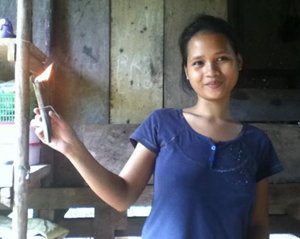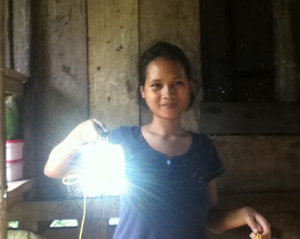Impact: Solar Lanterns in the Philippines

 A distributor of the SunTransfer2 (ST2) solar lamp in rural Philippines, solarenergie.org.ph/network” target=”_blank”>Hybrid Social Solutions inc (HSSi) has undertaken a social impact assessment of the solar lamp with illuminating findings.
A distributor of the SunTransfer2 (ST2) solar lamp in rural Philippines, solarenergie.org.ph/network” target=”_blank”>Hybrid Social Solutions inc (HSSi) has undertaken a social impact assessment of the solar lamp with illuminating findings.
The study is poignant because HSSi uses a similar distribution model of the ST2 lamp, manufactured by the German company Sun Transfer , as that used in Kenya; through micro-finance institutions.
The study found that 90% of the ST2 lamp customers bought it for better lighting. Before introduction of the ST2 lamp, 84% of the respondents relied on kerosene lighting but this dramatically declined to 33% after the introduction of the lamp. Likewise, the use of battery-powered torches (flashlights) dropped from 69% to 29%, while candle use declined from 19% to 5%.
Those who continued to supplement solar lighting with kerosene lamps reported huge reductions (about 80%) in kerosene consumption.
The study also found that 70% of solar lamp owners now charge their phones using solar energy compared to only 5% prior to the ST2, and the proportion of people who charged their phones at commercial charging stations with electricity connections declined from 58% to 13%.
The assessment was undertaken by Planète d’Entreprenuers, a student organization funded by the HEC Paris Business School and corporate firms in France.
It used a novel methodology that employs the social return on investment (SROI) which considers and incorporates social and environmental costs and benefits alongside the standard economic considerations. It looked at the impact of the solar lamps on overall quality of life, and impact on children’s education.
It also examined the experiences of the microfinance distributors thereafter making recommendations on how to market, sell and use the lamp.
The full findings of the assessment can be downloaded here.

